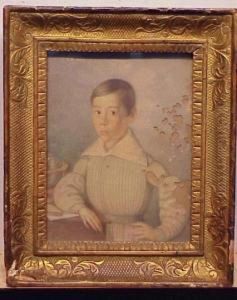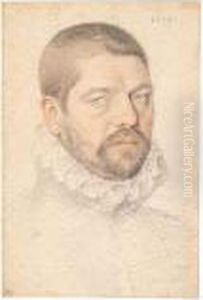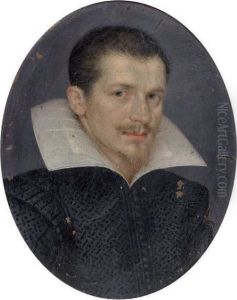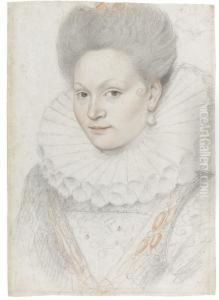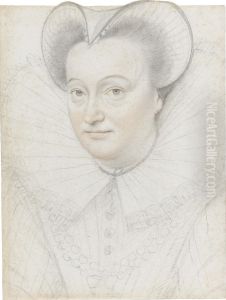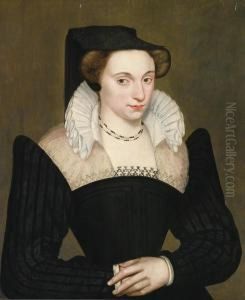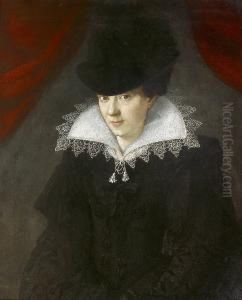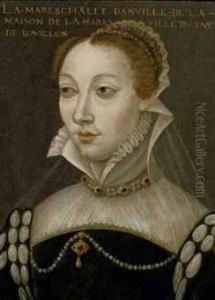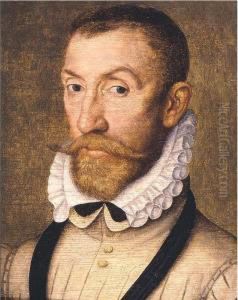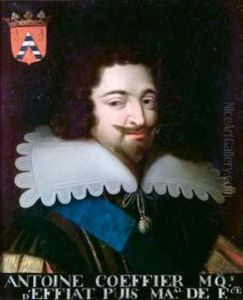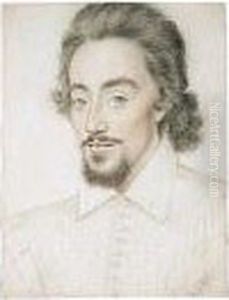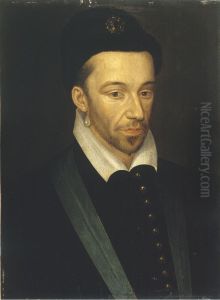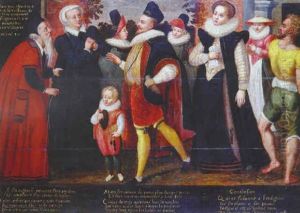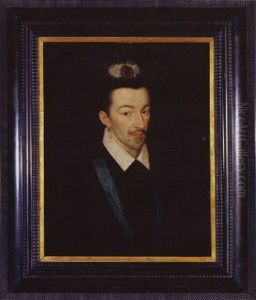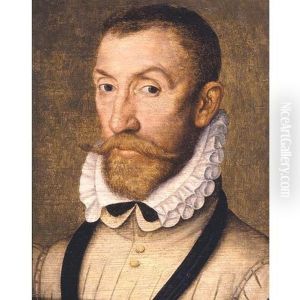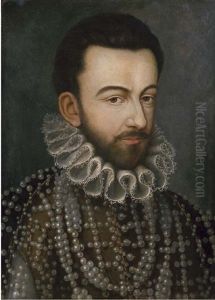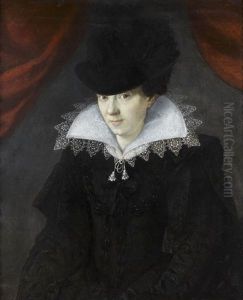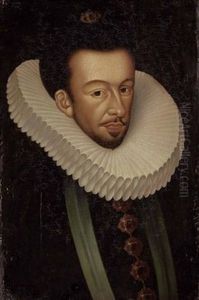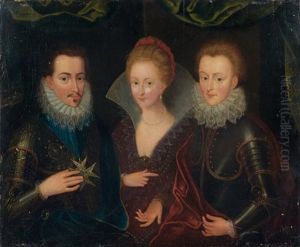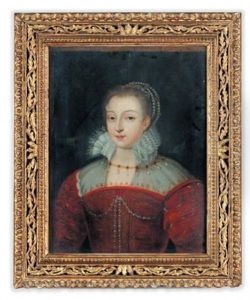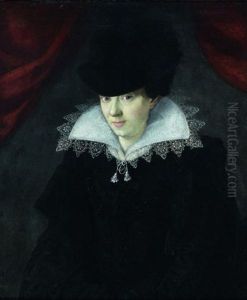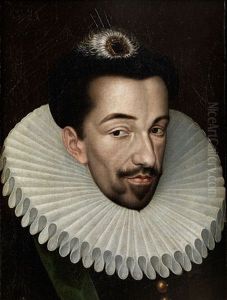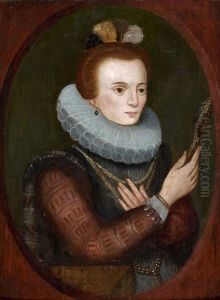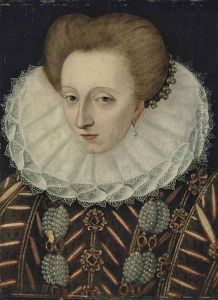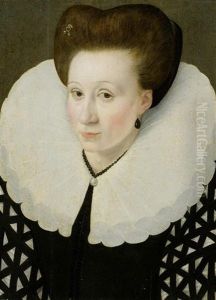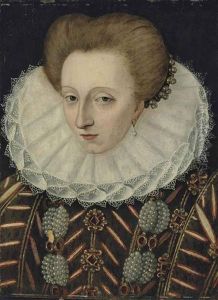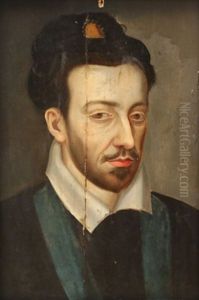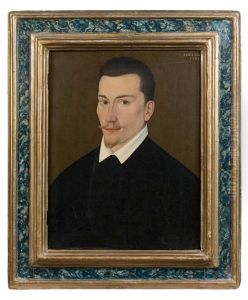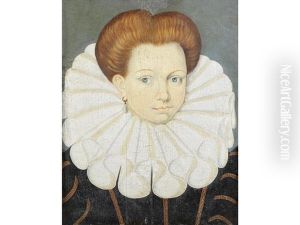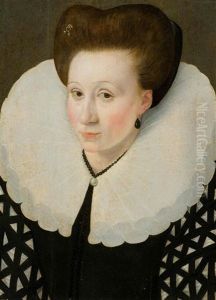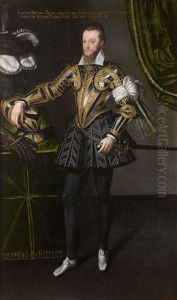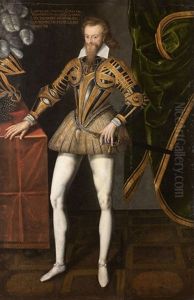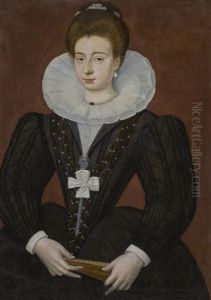Francois Quesnel Paintings
Francois Quesnel was a French painter and draftsman of Scottish descent. Born in 1543 in Edinburgh, Scotland, he moved to France during his childhood as part of the wave of Scottish immigrants who came to the country following the marriage of King James V of Scotland to Madeleine de Valois, the daughter of King Francis I of France. Quesnel spent most of his life in France, where he became known for his portraiture and intricate miniature paintings.
Quesnel's artistic training began under his father, Pierre Quesnel, who was also a painter. He later worked for the French court, where he gained recognition for his talents. His works were particularly appreciated for their delicacy and attention to detail, qualities that made him a sought-after portraitist among the French nobility. Quesnel's portraits are characterized by their realism and the skillful use of colors.
Throughout his career, Quesnel was influenced by the Italian Mannerist style, which was prevalent during his time. His travels to Italy further deepened his understanding of the style, and he incorporated its elegance and sophistication into his own work. Despite the influence of Italian art, Quesnel's style remained distinctly French, blending elements of both traditions.
Quesnel also produced religious works, mythological scenes, and allegorical compositions. His versatility as an artist extended to designing tapestries and creating decorative frescoes for private residences and chapels. He was highly respected by his contemporaries and played a significant role in the French art scene of the late 16th and early 17th centuries.
Francois Quesnel passed away in 1619, leaving behind a legacy of work that contributes to our understanding of French portraiture and the cross-cultural influences between France and Scotland, as well as the broader European art world of the period.
